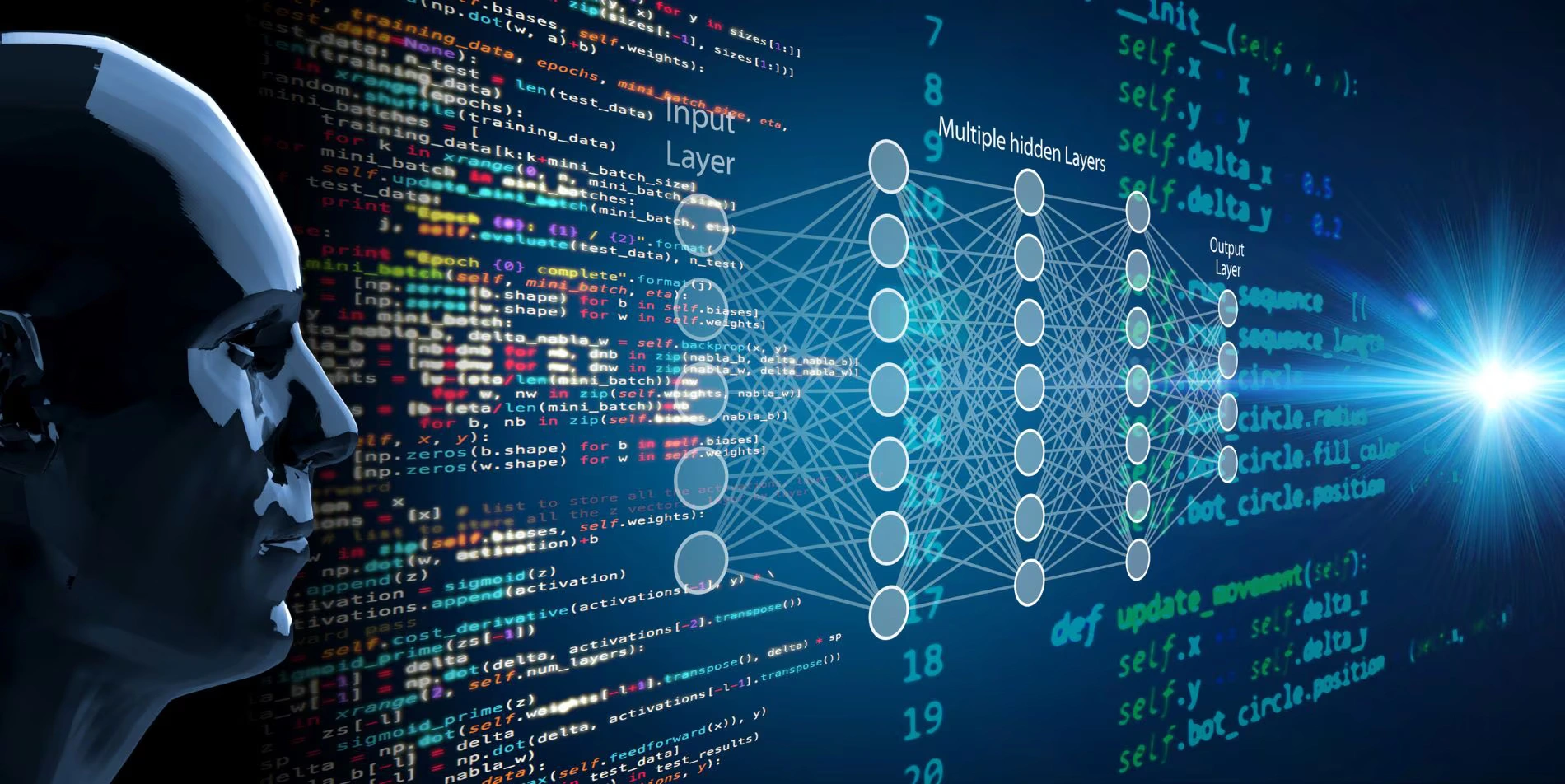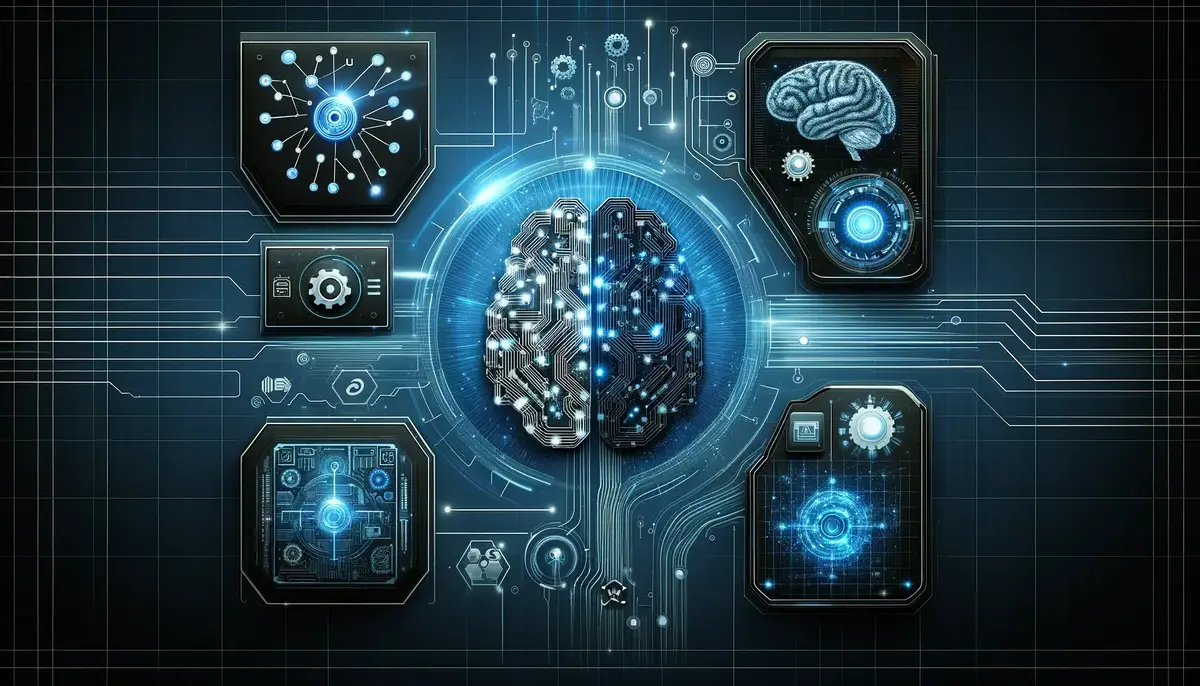Technology is full of terms that tend to mix up and generate confusion. For example, Artificial Intelligence, automatic learning and deep learning are closely related but different in fact. In order to use them properly, you have to know the differences between AI, automatic learning and deep learning, and choose the tools you can make the most out of in every moment.
If you ever wondered how machines are able to learn, translate texts and recognize voices, then you should know about AI, automatic and deep learning differences. In this article we explore the world of machines and knowledge and how technology improves them both.

Artificial Intelligence description
AI is a very broad term that includes any technology that allows machines to perform tasks originally meant for human intelligence. From learning to taking decisions or solving problems. The AI is already present in our daily lives in assistants like Alexa or Siri. There are also systems that analyze data we input to detect patterns. When learning about the differences between AI, automatic and deep learning you should take into account the three AI types:
- Artificial Narrow Intelligence (ANI). It’s designed to perform specific tasks like recognizing faces or translating languages.
- Artificial General Intelligence (AGI). An AI that can perform any task meant for the human mind. Right now this is more science fiction than reality.
- Artificial Super Intelligence (ASI). This is an AI capable of surpassing the human intelligence. It doesn’t exist yet and there are even discussions about the possibility of it ever happening.
So you can see that AI is a general concept that encompasses all kinds of technologies that mimic human intelligence.
Differences between AI and automatic and deep learning
The automatic learning or Machine Learning (ML) is a subgroup among AI. The main function is to allow machines to learn from data and user experiences without the need of an specific program. For example, when Netflix recommends you a series or movie using your records as a theme parameter it’s because of automatic learning. It can also be divided into three groups
- Supervised learning. The machine receives a set of labeled data to learn how to make predictions.
- Unsupervised learning. The machine analyzes unlabeled data and finds patterns on its own.
- Reinforcement learning. The machine learns through trial and error, receiving rewards or penalizations according to its decisions.
Automatic learning is more extended than general AI. It can be found on several daily apps like spam filters in e-mail platforms or recommendation systems on online stores.
What is deep learning?
Deep learning is a branch of automatic learning based on artificial neuronal networks. These networks imitate the human brain functions and process the information through several algorithm layers. Thanks to deep learning there have been great improvements in complex tasks like voice recognition, automatic translation and autonomic vehicles.
The main difference between automatic and deep learning is the capacity of working with huge loads of unstructured data like images and texts. Deep learning can handle these big amounts of data and it has autonomy to identify patterns without human intervention. For example, Google uses deep learning in its search engine to indicate the most relevant results.
Key differences between AI, automatic and deep learning
In order to fully understand the differences between these concepts you can imagine a group of concentric circles. The AI is the biggest circle and it includes any system that imitates human intelligence. Automatic learning is a subgroup of AI centered on algorithms that allow machines to learn from data. Deep learning is another subgroup but from the automatic learning, and it uses neuronal networks to solve complex problems.
AI is the general concept and automatic learning is a way to reach AI. Deep learning is another more advanced way to reach AI using huge data interpretation skills. In order to make the most out of these technologies, is important to learn how to really differentiate them.

